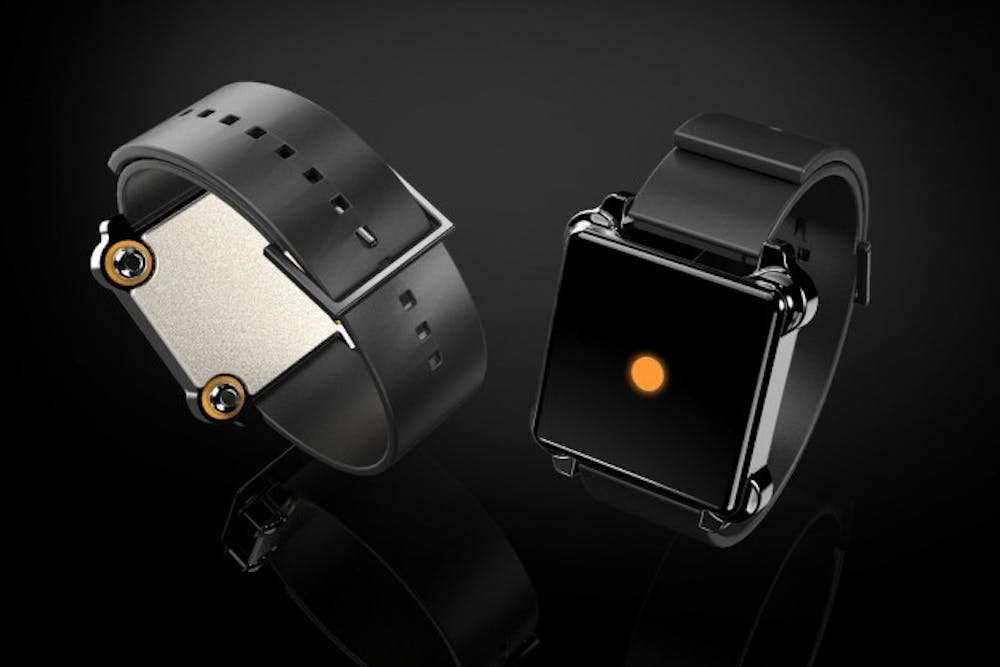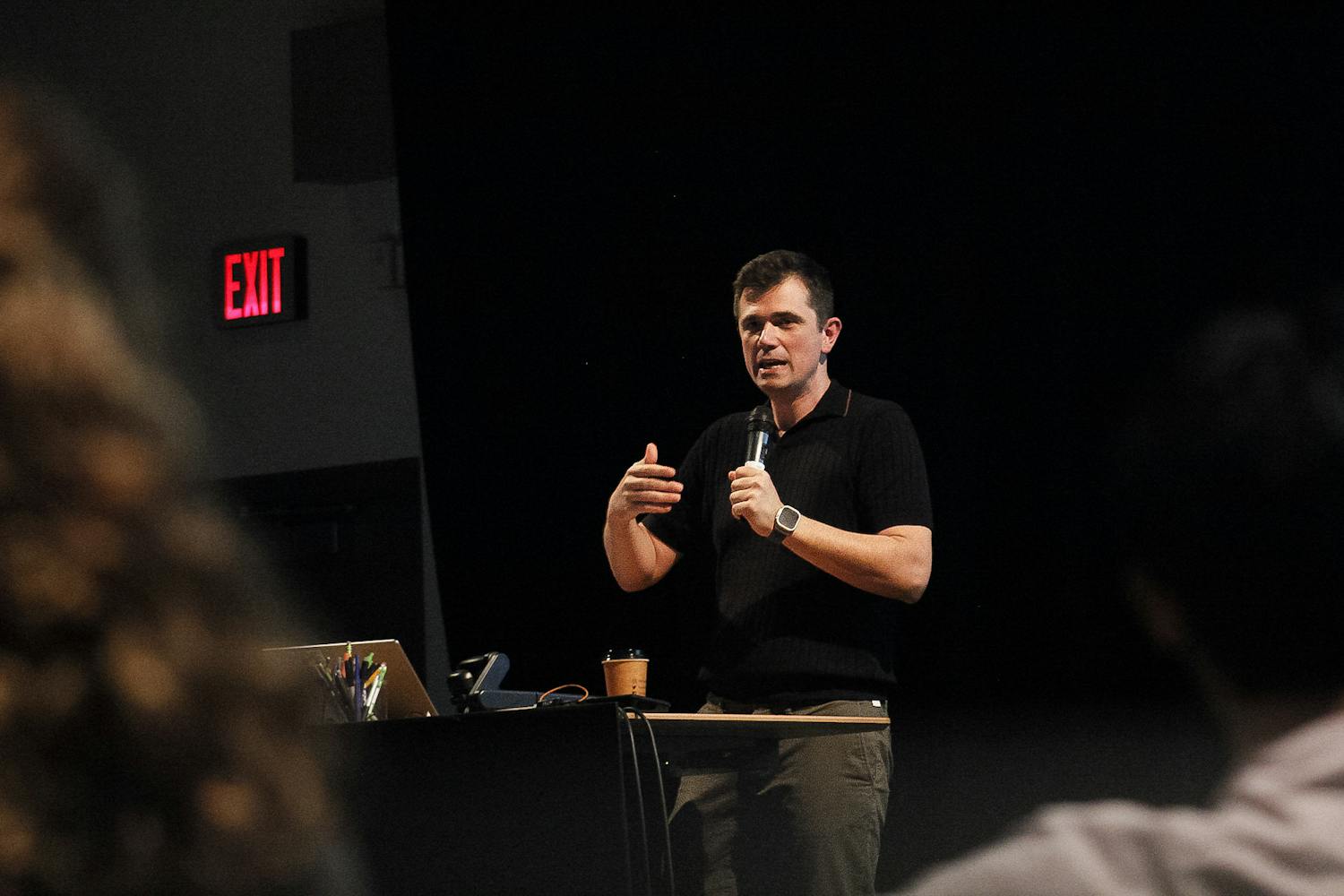As a student, I’m starting to see more and more “wearable” technology on and around campus, with students and even professors adopting Apple Watches, Fitbit trackers and Pebble watches. I’ve even seen a student wearing Google Glass, which is a rare sight to see. But for all of this, one starts to see the same kind of technology reclassified or repackaged with different hardware but ultimately serving the same basic function. The main issue is that a few companies have saturated the current wearables market, making it extremely difficult for smaller companies to sell their products, which are often times better at a lower cost. A new innovative company is changing all of that, and we should support them.
Enter Moment from the up-and-coming Somatic Labs, a haptic-enabled wearable device that relays information streams like GPS, timers, caller ID and silent alarms via silent vibration on the wrist. Somatic Labs is the brainchild of ASU 2014 graduate Shantanu Bala, who initially began research into haptic technologies in May of 2009.
After receiving the prestigious Thiel Fellowship in 2014, Bala, who graduated with majors in computer science and psychology, unveiled the first prototype of Moment in December 2015. Fellow ASU student Ajay Karpur, an electrical engineering student and University of Arizona student Jake Rockland, an electrical and computer engineering student joined the team a few months ago to push for an anticipated release date of 2016. Bala has been working with haptics since high school, working at ASU’s Center for Cognitive Ubiquitous Computing and helping to create several haptic-enabled technologies before starting on Moment.
Let’s take step back, however, and understand why, realistically, it is unlikely that the Moment will become an incredibly popular and common-place wearable in the United States. Consumers today, especially those in the U.S., have become increasingly more attracted to “name brand” items from corporations like Google, Apple or Microsoft, rejecting the genuine start-up culture of local companies and real innovation that one might find on a GoFundMe webpage. In the status quo, it is a reality that a company steeped in innovation like Somatic Labs enjoys only a margin of success for all their hard work because Moment doesn’t have an Apple logo.
I reject this status quo and its underlying materialistic nature. As a society, we discuss how a person should be judged simply on their own merits, not their social class or skin color. Why don’t we apply this same idea to commerce from corporations? The responsibility lies with us, as consumers, to look at the big corporations as well as the lesser known, and consequently more innovative companies when buying your next big ticket tech item.
After all, companies like Google, Apple and Facebook started off as small companies and took their time in the market before becoming the titans of industry that they are today. Although they are now in some ways hypocritical, with Google acquiring on average more than a company a week, it is our role as consumers to remind them of their roots and acknowledge companies, like Somatic Labs, instead of ignoring them in favor of brand names.
I encourage all of you to support your fellow students and Sun Devils at Somatic Labs. They are truly innovating, pursuing a market that is relatively untapped by the corporate giants. Expect bigger and better things from the makers of Moment. Big things are happening and even as a consumer, you’ll want to be part of it.
Related links:
The darker side of fitness wearables
ASU student combines wearable technology, video games to fight childhood obesity
Reach the columnist at akhawaj1@asu.edu or follow @amirkhawaja15 on Twitter.
Editor’s note: The opinions presented in this column are the author’s and do not imply any endorsement from The State Press or its editors.
Want to join the conversation? Send an email to opiniondesk.statepress@gmail.com. Keep letters under 300 words and be sure to include your university affiliation. Anonymity will not be granted.
Like The State Press on Facebook and follow @statepress on Twitter.




